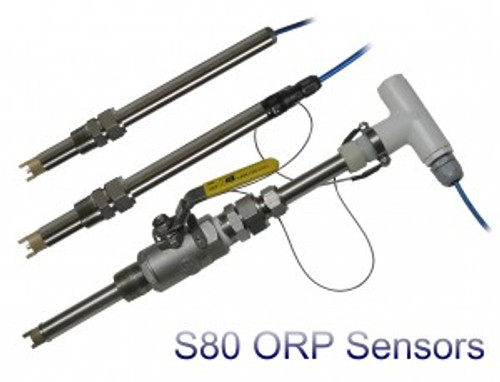Product Overview
The Triton EV82 Environmental Sensor Series measure Chlorophyll, Algae, Phytoplankton, Cyanobacteria and other plant matter. The sensors utilize the state-of-the-art Fluorescence technology in four unique optical configurations for water quality and environmental applications. The EV82 sensors are of the ECD Intelligent Sensor design with Digital Communication. Calibration data is stored in the sensor allowing field installation of a pre-calibrated sensor. The EV82 sensors directly connect to the ECD T80 Universal Transmitter, the LQ800 Multi-Channel Controller or directly with a control system/PLC vis the sensor serial communication.
Applications include Drinking water, Aquaculture, Ocean/River/Lake Studies, River and surface water quality, and Water Desalination Plants. Sensor configurations include: Chlorophyll/Algae/Phytoplankton using either Blue Excitation optics for typically marine water application or Red Excitation for dissolved organics in Freshwater applications. Also available is Cyanobacteria Sensors for blue-green Algae which measures phycocyanin for freshwater cyanobacteria or phycoerythrin for marine water cyanobacteria. Sensor use is typically to measure rising or lower trends of the desired measurement.
The most common application and sensor used is for Chlorophyll. Chlorophyll is bound within the living cells of algae, phytoplankton, and other plant matter found in water. Chlorophyll is a commonly used measure of water quality, and concentrations are an indicator of algae abundance and productivity in aquatic environments. Higher concentrations typically indicate poor water quality, usually when high algal production is maintained due to high nutrient concentrations







